New Study Suggests Aliens Aren’t Little Green Men
A new study conducted by scientists from Cornell University suggests that aliens might not be green after all. If life exists on exoplanets deep in space, it could take the form of purple plant life instead of the green color we’re used to on Earth.
After studying planets that orbit around cooler red dwarfs, the researchers concluded that a unique purple “light fingerprint” could provide humanity with evidence of extraterrestrial life in interstellar space.
Planet Earth’s Unique Color
From space, planet Earth tends to shine blue because a significant portion of its surface area is covered in oceans. However, the color green signifies life on our planet.
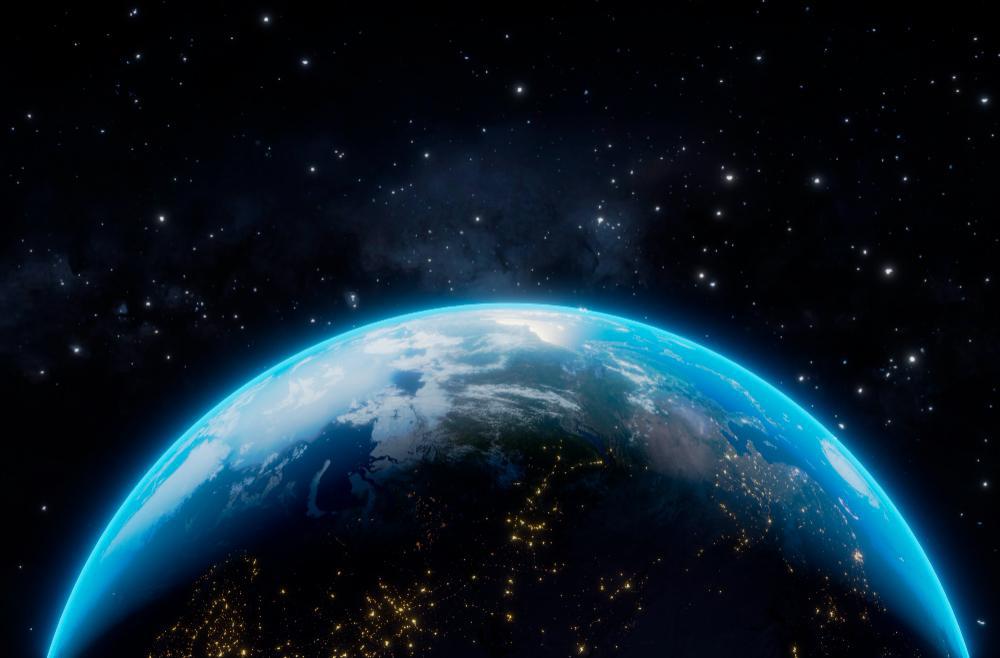
Source: Wikimedia
Green dominates the land because Earth’s plants use chlorophyll, which absorbs blue and red light and reflects a green hue, to make food through a fairly complex process called photosynthesis.
Plants on Other Planets
The idea of plants using chlorophyll for their photosynthetic process recently got researchers thinking about how other forms of flora and vegetation thrive on other planets.
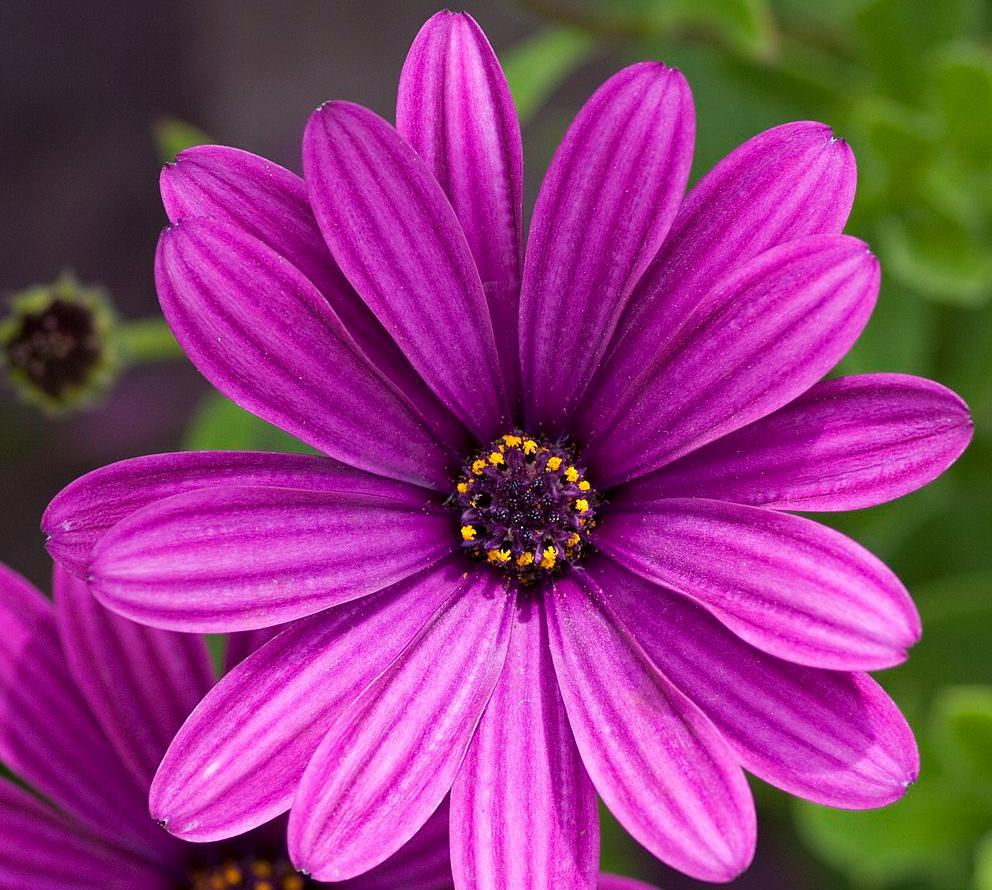
Source: Wikimedia
Researchers question the possibility that if planets grew on exoplanets that orbit around red dwarf stars, they may use an entirely different method. If so, such planets could have purple flora instead of a green-based plant world.
Scientists From Cornell University Postulate Theory
A group of scientists working from the prestigious Cornell University began theorizing how plants from distant planets in the universe may look if they relied on infrared radiation for photosynthesis.

Source: Freepik
The researchers soon realized that the color of their plants might be in striking contrast to those found on Earth, giving off colors we seldom observe in nature.
Purple is the New Green
The scientists believe certain kinds of bacteria, particularly photoheterotrophic bacteria, may emit a particular frequency or “light fingerprint” that could be picked up by future observations by the European Southern Observatory’s Extremely Large Telescope.
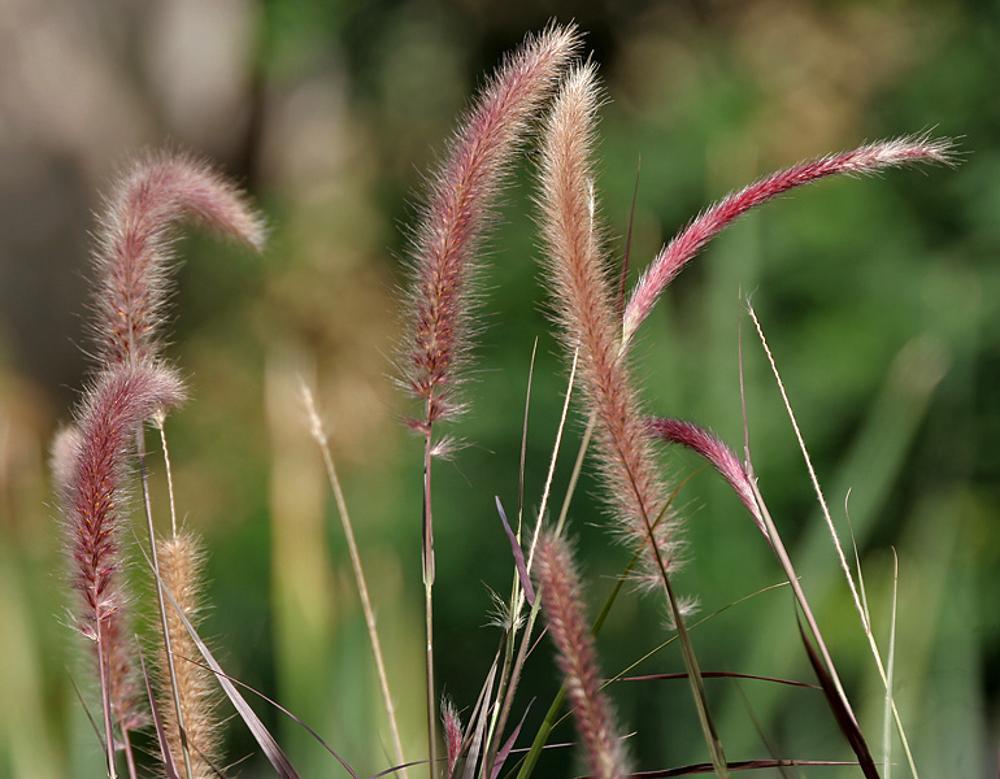
Source: Wikimedia
The Cornell researchers went on to publish their paper, “Purple is the new green: biopigments and spectra of Earth-like purple worlds” in the respected journal Monthly Notices of the Royal Astronomical Society.
Purple Bacteria on Distant Worlds
During a recent press statement, Cornell University Ph.D. student Lígia Fonseca Coelho shared her thoughts on the theory, suggesting purple bacteria can thrive under various conditions.
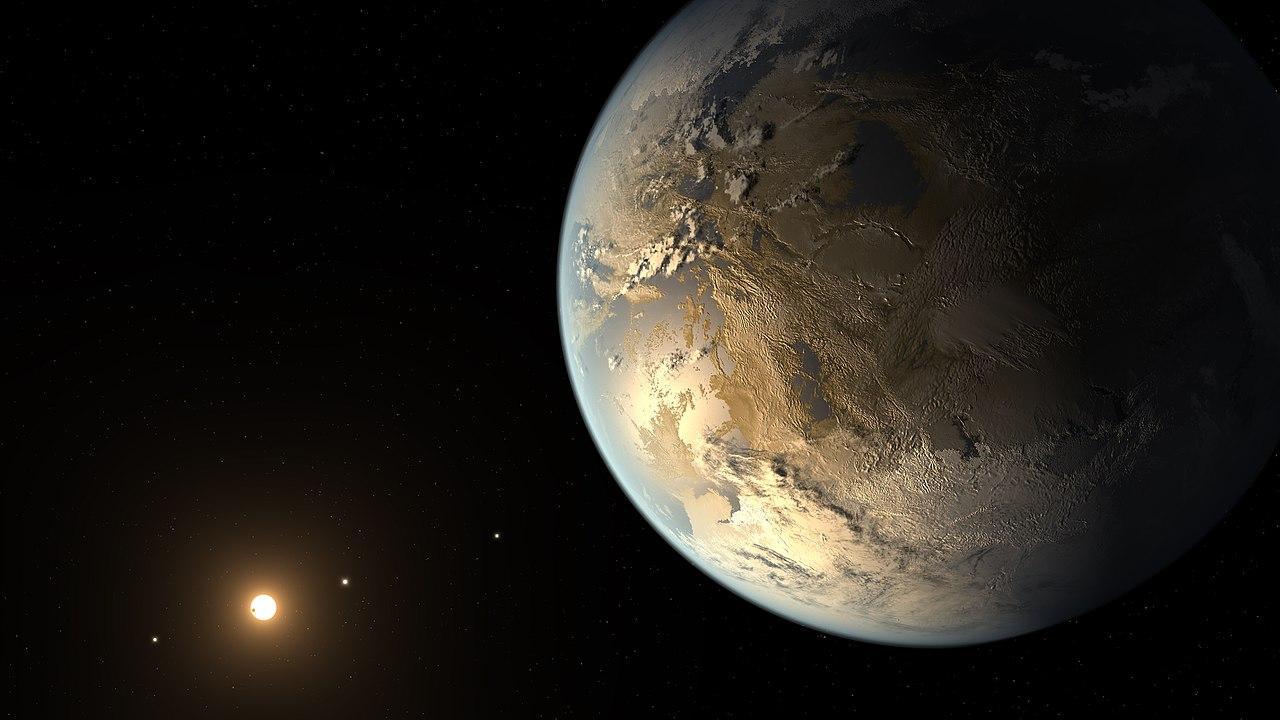
Source: Wikimedia
“Purple bacteria can thrive under a wide range of conditions, making it one of the primary contenders for life that could dominate a variety of worlds,” said Coelho.
Red Sun Would Give Purple Plants Favorable Conditions
According to Coelho, the purple bacteria would thrive on planets that rotate around a red sun, giving them the perfect conditions to reliably photosynthesize.
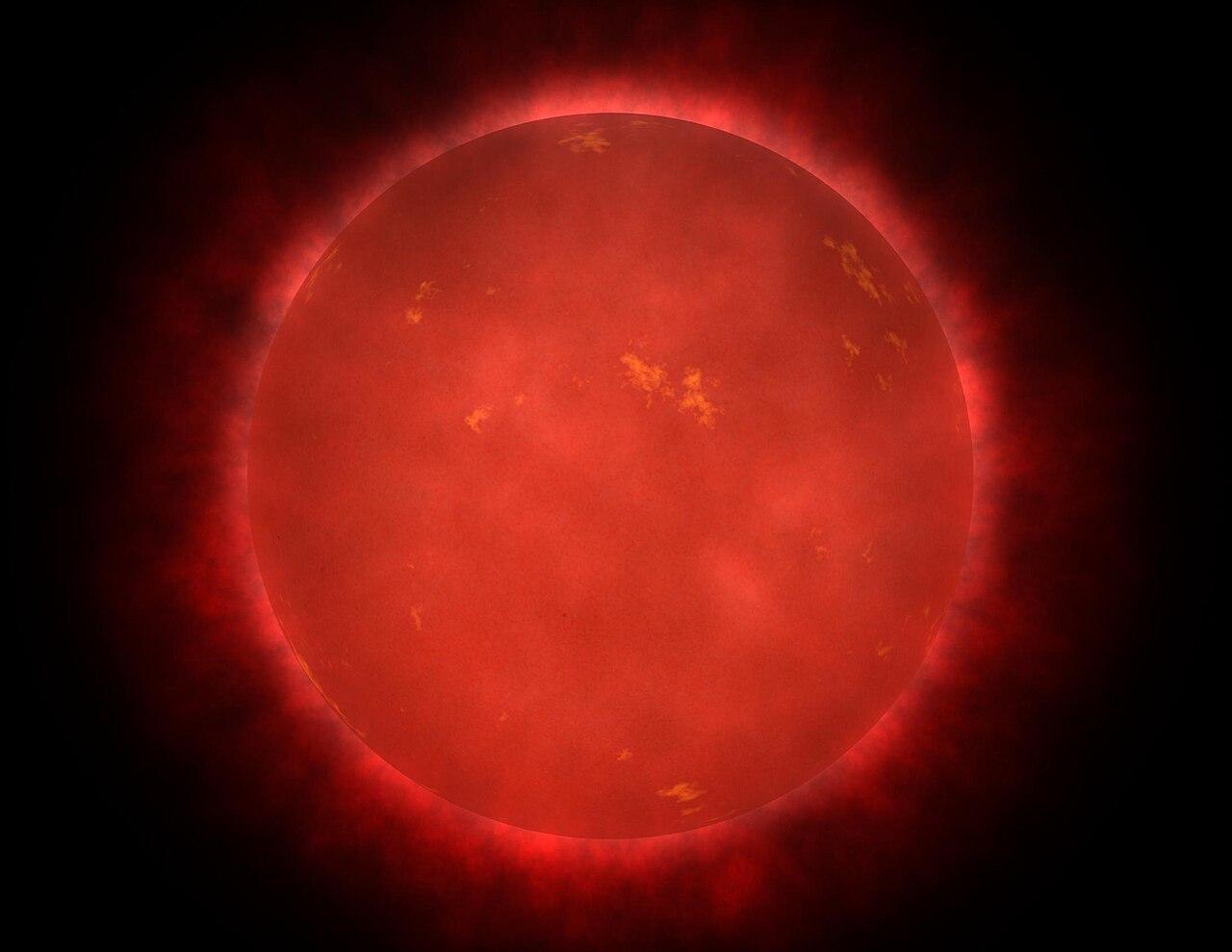
Source: Wikimedia
“They already thrive here in certain niches; just imagine if they were not competing with green plants, algae, and bacteria: A red sun could give them the most favorable conditions for photosynthesis,” she said.
Gathering Purple Bacteria
To try to theorize how such a world would look, Coelho and her team gathered up around 20 samples of purple sulfur and non-sulfur bacteria from numerous places around the world, ranging from hydrothermal vents to a pond near the University’s campus.

Source: Wikimedia
These distinct bacteria rely on infrared light for a process fairly similar to that of photosynthesis witnessed on Earth. Some researchers have even gone as far as to say that while purple plants are rare today; at a distant point in the past, they may have covered our planet.
Creating a Database
According to the study’s co-author, Lisa Kaltenegger, CSI director and associate professor of astronomy in the College of Arts and Sciences, researchers who use space telescopes need to form a database to ensure they don’t miss any vital signs of life.
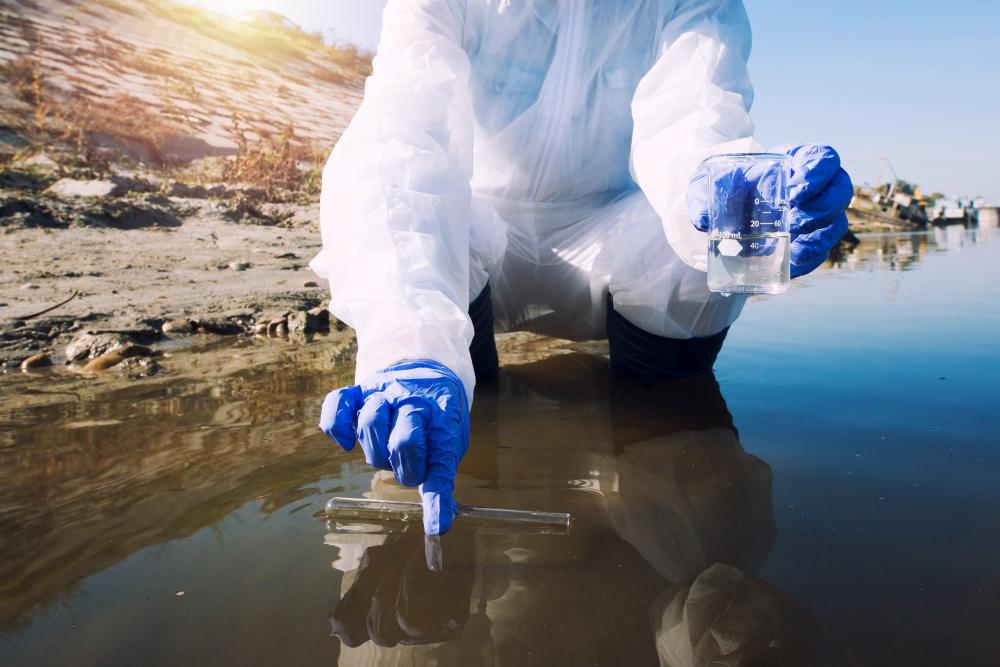
Source: Wikimedia
“We need to create a database for signs of life to make sure our telescopes don’t miss life if it happens not to look exactly like what we encounter around us every day,” she said.
The Existence of 5,500 Exoplanets
In total, astronomers have confirmed the existence of around 5,500 exoplanets, each of which has the potential to sustain life. The researchers have even claimed there are as many as 30 Earth-like planets.
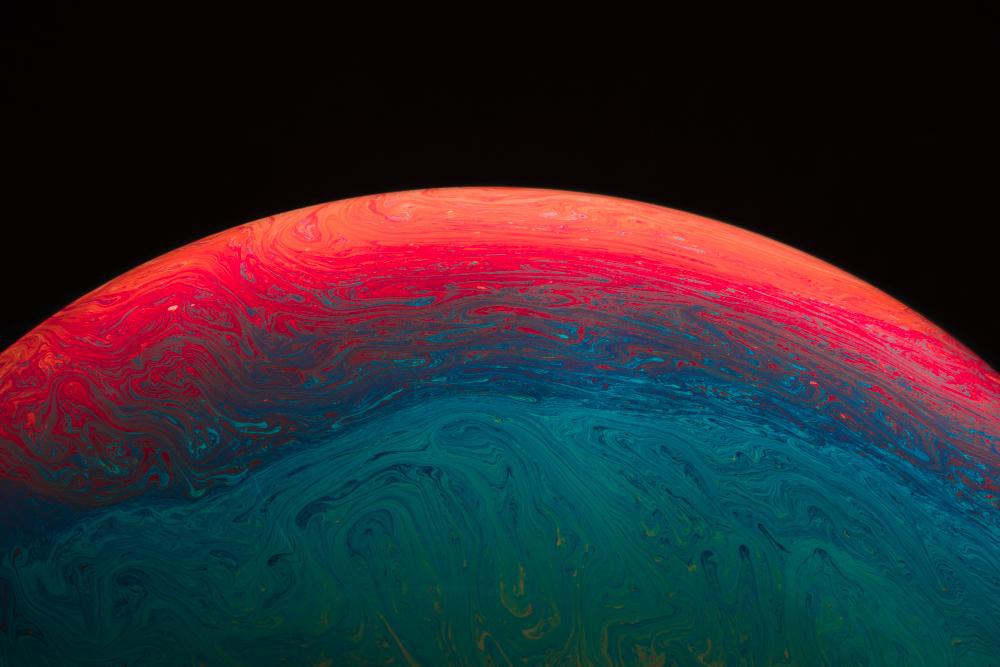
Source: Wikimedia
Observatories such as the Habitable Worlds Observatory and the Extremely Large Telescope will continue scouring the depths of space, hoping to find evidence of habitable zones that may provide humans with evidence of extraterrestrial life.
The Tools to Search
Coelho explained that science has progressed to a sufficient enough level that humanity now has all the capabilities to search for signs of life, including purple fauna deep in space.

Source: Wikimedia
“If purple bacteria are thriving on the surface of a frozen Earth, an ocean world, a snowball Earth, or a modern Earth orbiting a cooler star,” Coelho said, “we now have the tools to search for them.”
Purple May Really Become the New Green
According to Kaltenegger, author of the forthcoming book, Alien Earths: The New Science of Planet Hunting in the Cosmos, “We are just opening our eyes to these fascinating worlds around us.”

Source: Freepik
She continued, “Purple bacteria can survive and thrive under such a variety of conditions that it is easy to imagine that on many different worlds, purple may just be the new green.”
